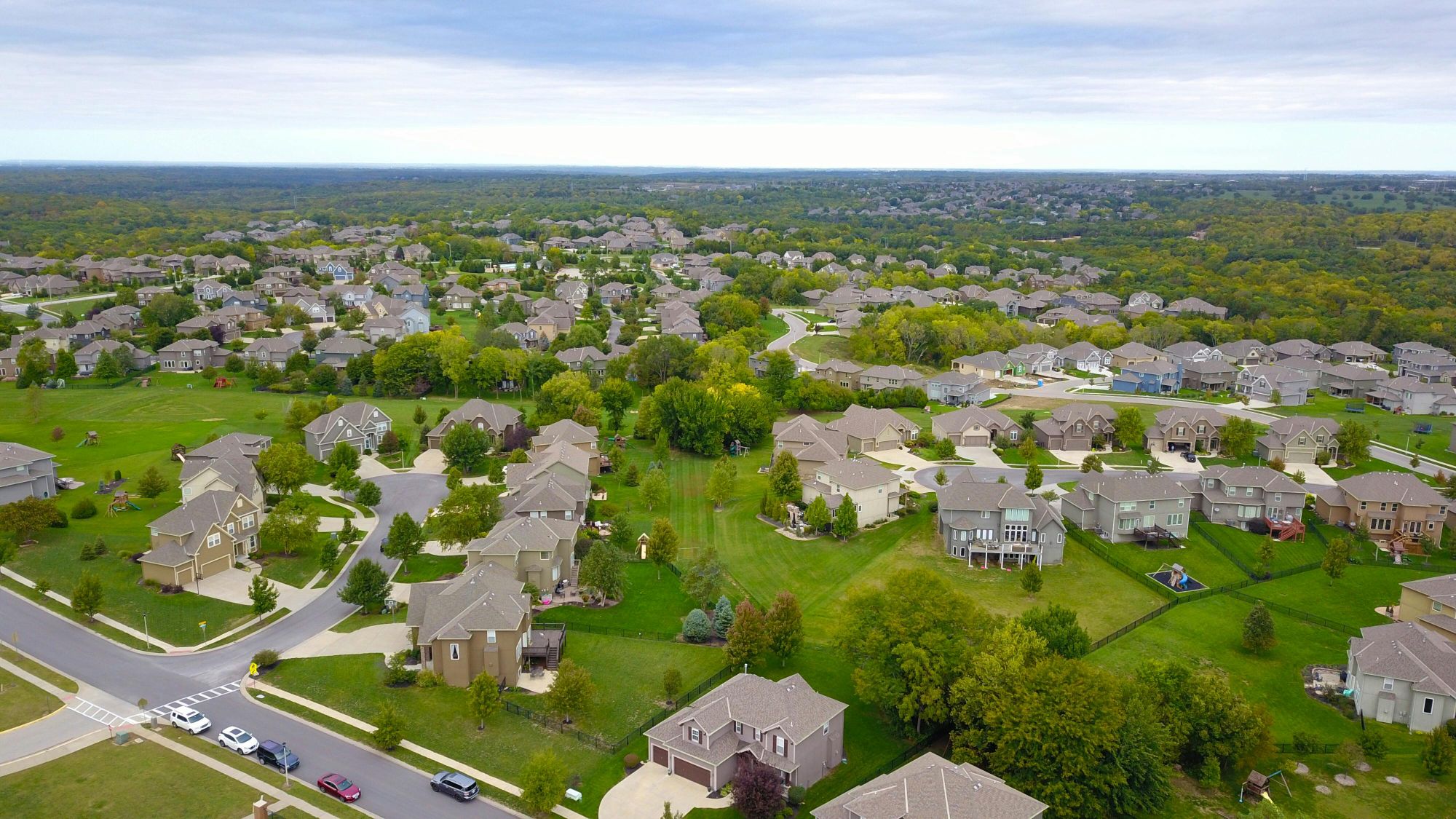Mortgage Rates Are Near 10-Month Lows — But Will They Go Lower? Experts Weigh In

After a volatile year of rate hikes and inflation battles, mortgage rates are finally showing signs of relief. Hovering near their lowest point in ten months, the average 30-year fixed mortgage has dipped to around 6.57%, according to Mortgage News Daily. While this drop offers a window of opportunity for buyers and refinancers, one question remains: Will mortgage rates fall further?
To help answer that, MarketWatch recently gathered insights from eight mortgage and housing professionals. Their consensus? Don’t expect major rate drops just yet.
What the Experts Are Saying
Most of the experts surveyed believe rates will likely stay steady in the mid-to-high 6% range through August. While the current environment may feel encouraging for buyers, it’s still shaped by a number of factors, including the Federal Reserve’s ongoing caution and mixed signals in the broader economy.
According to these pros, we may not see meaningful downward movement unless the economy shows consistent signs of slowing—or the Fed takes a clear stance on rate cuts.
What’s Keeping Rates Where They Are?
There are several key forces at play when it comes to mortgage rate movements:
-
10-Year Treasury Yields: Mortgage rates typically track closely with these yields. When economic uncertainty rises, investors often seek safe-haven assets like Treasuries, pushing yields—and therefore mortgage rates—lower.
-
Federal Reserve Policy: While the Fed doesn’t directly set mortgage rates, its policy decisions (and even its tone) heavily influence rate expectations. If the Fed signals it's likely to cut rates, mortgage rates often follow suit.
-
Economic Indicators: Inflation, job growth, and consumer spending all factor into how lenders set mortgage rates. A weaker economy may lead to lower rates, while resilience could keep them elevated.
At the moment, many economists and Fed officials—including Neel Kashkari—are watching inflation data closely. Some even suggest that a September rate cut is on the table if inflation remains under control and economic growth slows.
What This Means for Buyers and Homeowners
For buyers, the recent dip in rates translates to increased affordability. According to Redfin, a buyer with a $3,000/month budget can now afford a home priced about $20,000 higher than they could back in May—simply due to improved interest rates.
For homeowners considering refinancing, now may be a strategic moment to evaluate options. While rates aren't at the historic lows seen during the pandemic, locking in under 7% could still yield long-term savings—especially for those with older loans at higher rates.
Will Rates Drop More in 2025?
That’s still up for debate.
While some analysts remain cautiously optimistic that mortgage rates could slip further in late 2025—especially if economic data softens—most agree that rapid or steep declines are unlikely in the short term. Instead, we’re likely to see gradual movement in response to inflation reports, Fed announcements, and market sentiment.
The good news? Stability is still a win for buyers and sellers. Predictable borrowing costs allow for better planning, more realistic offers, and renewed confidence in long-term investments.
Bottom Line
Mortgage rates are the lowest they’ve been in nearly a year, giving both buyers and homeowners a valuable window of opportunity. But whether rates fall further will depend on the economy, inflation trends, and Federal Reserve policy.
For now, the consensus is clear: Don’t count on dramatic rate drops—but do take advantage of today’s more favorable borrowing conditions.
THERE’S NO GUARANTEE THAT WAITING WILL LEAD TO BETTER AFFORDABILITY, ESPECIALLY SINCE HOME PRICES ARE STILL RISING IN SOME AREAS. IT’S BETTER TO FOCUS ON THE LONG-TERM BENEFITS OF HOMEOWNERSHIP THAN TO TRY TO PERFECTLY TIME THE MARKET.
Categories
Recent Posts











johnherkenrath@epiquerealty.com
<a href="https://maps.app.goo.gl/pirboN7SMpBm6tb18" target="_blank">3435 E Thousand Oaks Blvd #6354, Westlake Village CA 91359 </a>

